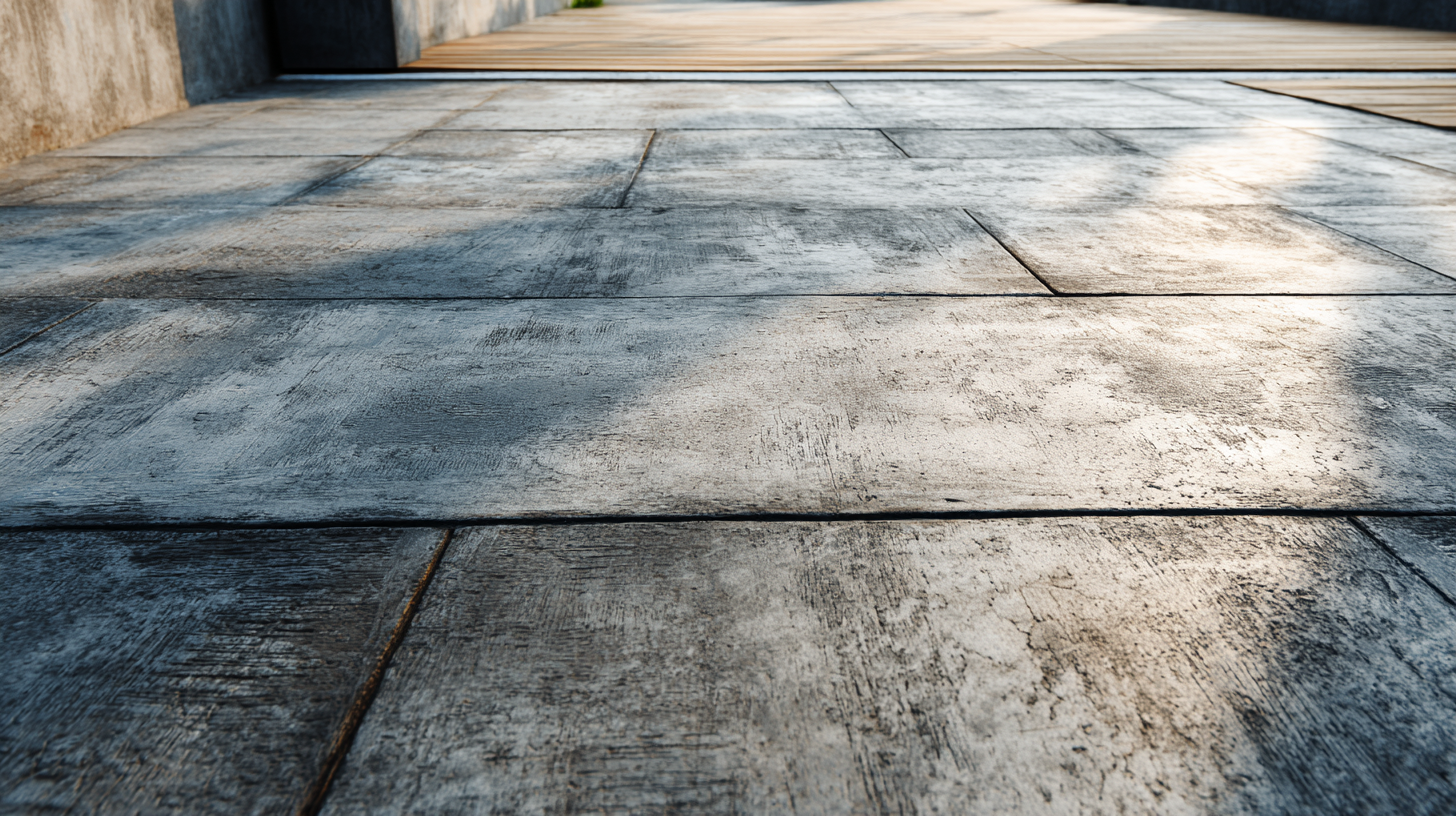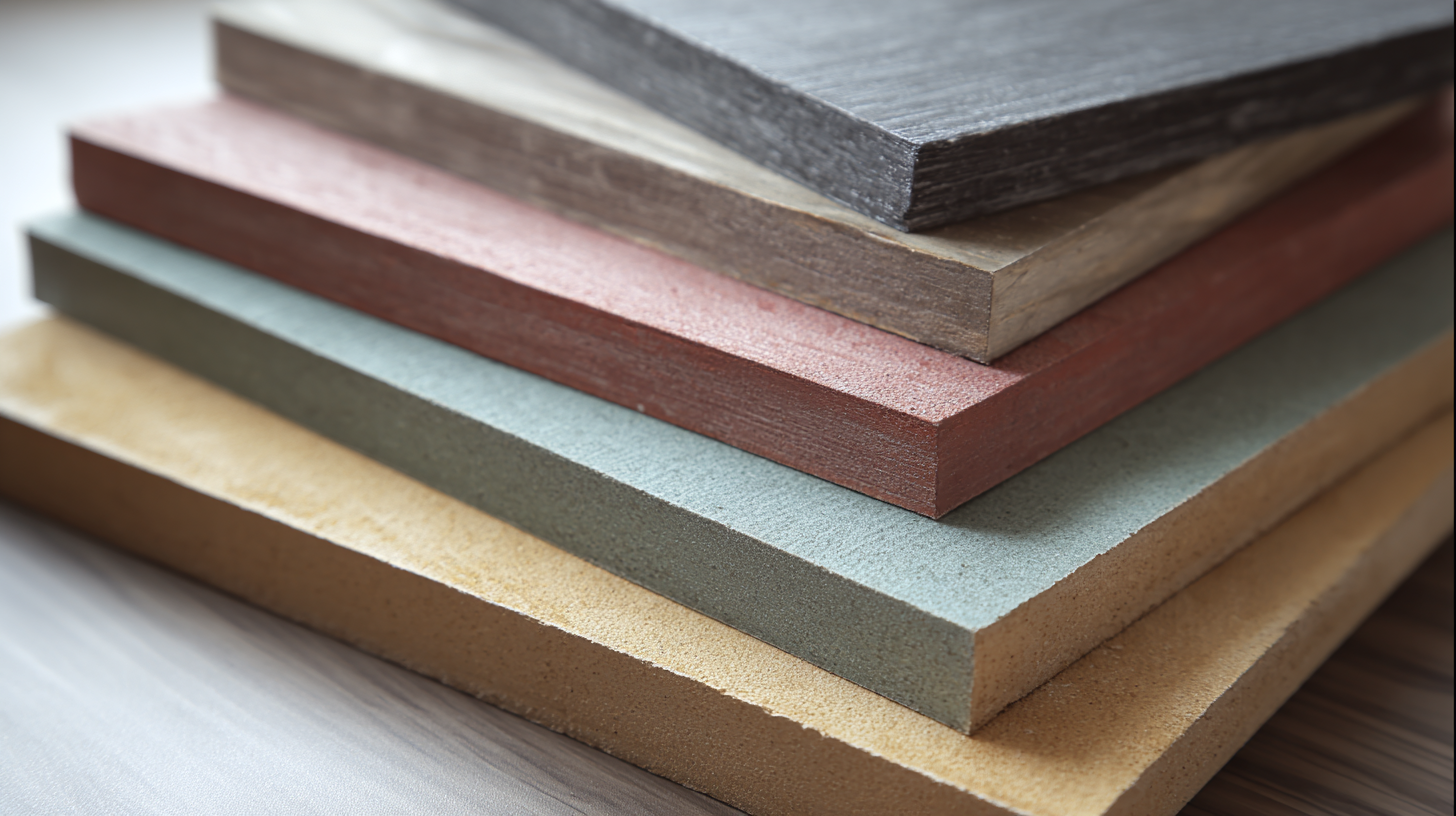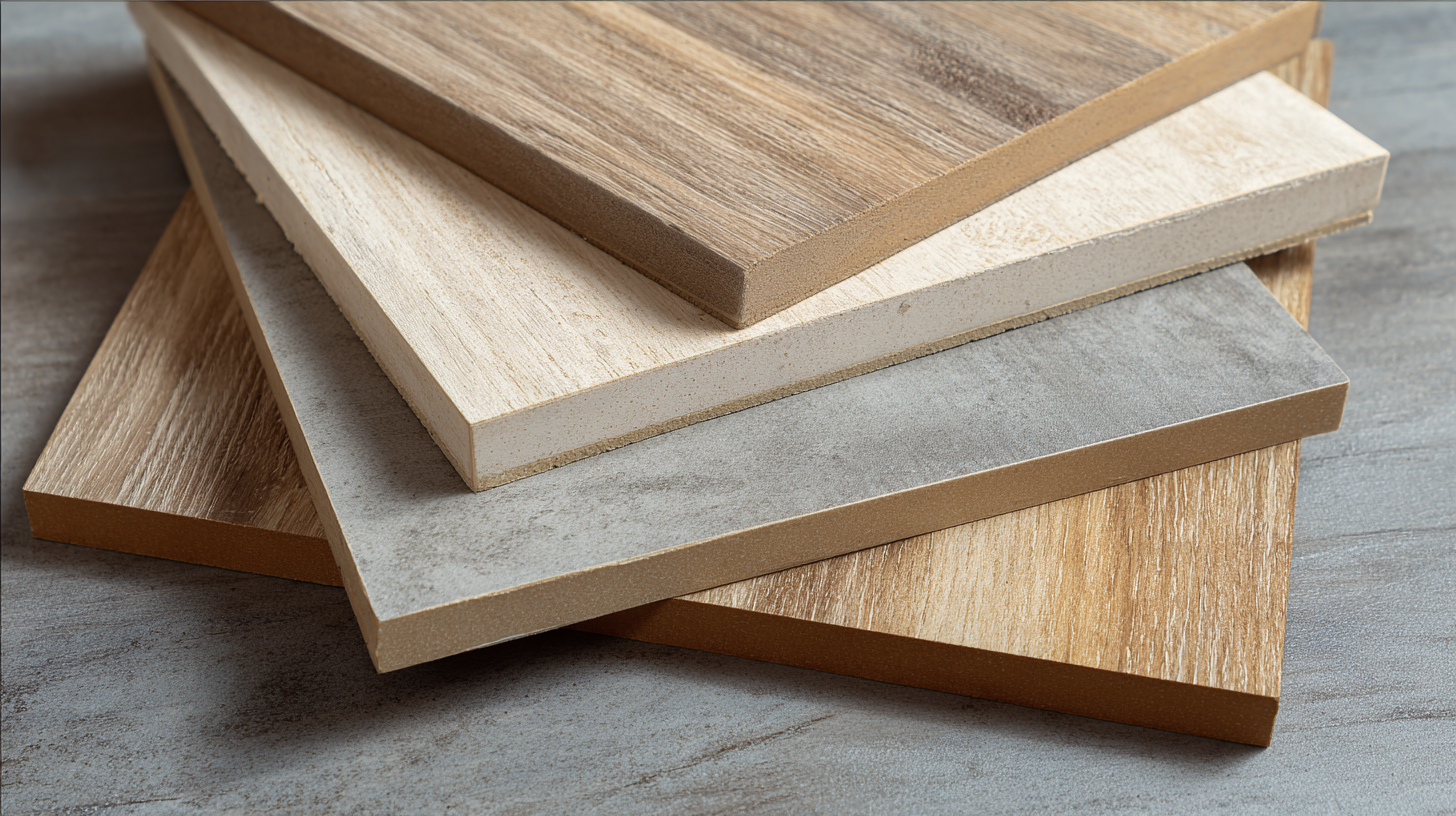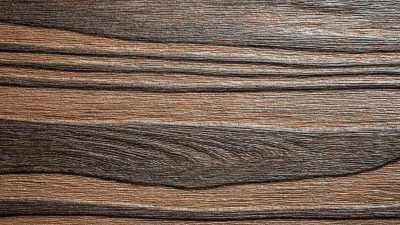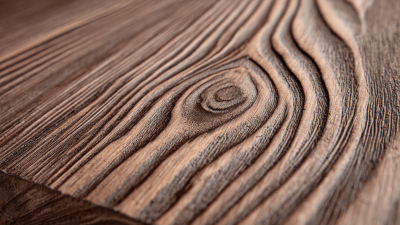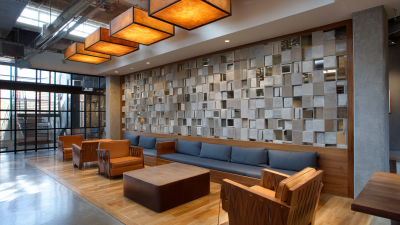When planning a construction or renovation project, selecting the right materials is crucial, and the choice of flooring is no exception. One material that has gained significant popularity in recent years is the Fiber Cement Floor Board, which offers durability, versatility, and resistance to various environmental factors. According to a report by MarketsandMarkets, the global fiber cement market is expected to reach $23.2 billion by 2026, driven by rising demand in the residential and commercial sectors. This increase in popularity is largely due to the material’s significant advantages over traditional options, such as enhanced water resistance and fire protection. Given these compelling benefits, understanding how to choose the best Fiber Cement Floor Board for your specific project is vital to ensuring a successful outcome. In this blog, we will share seven essential strategies that will guide you in making an informed decision tailored to your needs.
Fiber cement floor boards offer a unique combination of durability, versatility, and aesthetic appeal that make them an excellent choice for various projects. One of the standout benefits of these boards is their resistance to moisture and rot, making them ideal for areas prone to high humidity, such as bathrooms and kitchens. Unlike traditional wood products, fiber cement does not warp or swell, ensuring stability and longevity. This resilience allows homeowners and builders to have peace of mind, knowing that their flooring will withstand the test of time.
Another significant advantage of fiber cement floor boards is their aesthetic flexibility. Available in a variety of styles, colors, and finishes, they can mimic the look of natural materials like wood and stone while providing superior performance. This versatility enables designers to achieve the desired ambiance of a space without compromising on durability. Additionally, fiber cement is non-combustible and environmentally friendly, further enhancing its appeal for sustainable building practices. With these unique benefits, fiber cement floor boards are becoming a go-to choice for both residential and commercial projects.

Products
About Us
Download
News
Blog
Contact Us
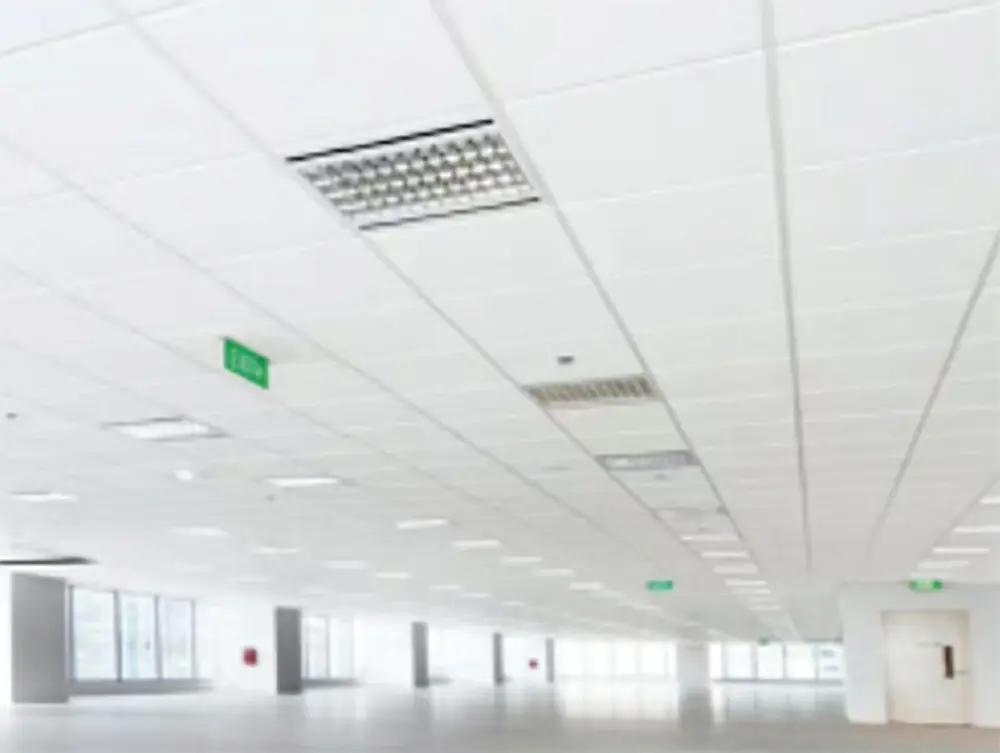 LEAO®Deco Ceiling
LEAO®Deco Ceiling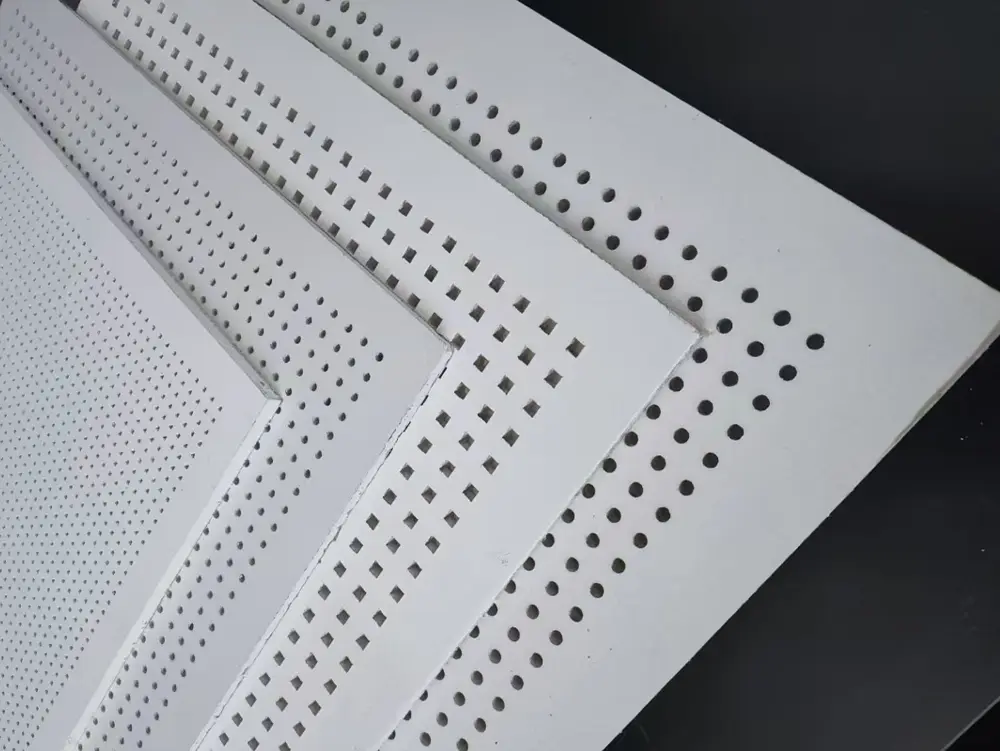 LEAO® Perforated Ceiling
LEAO® Perforated Ceiling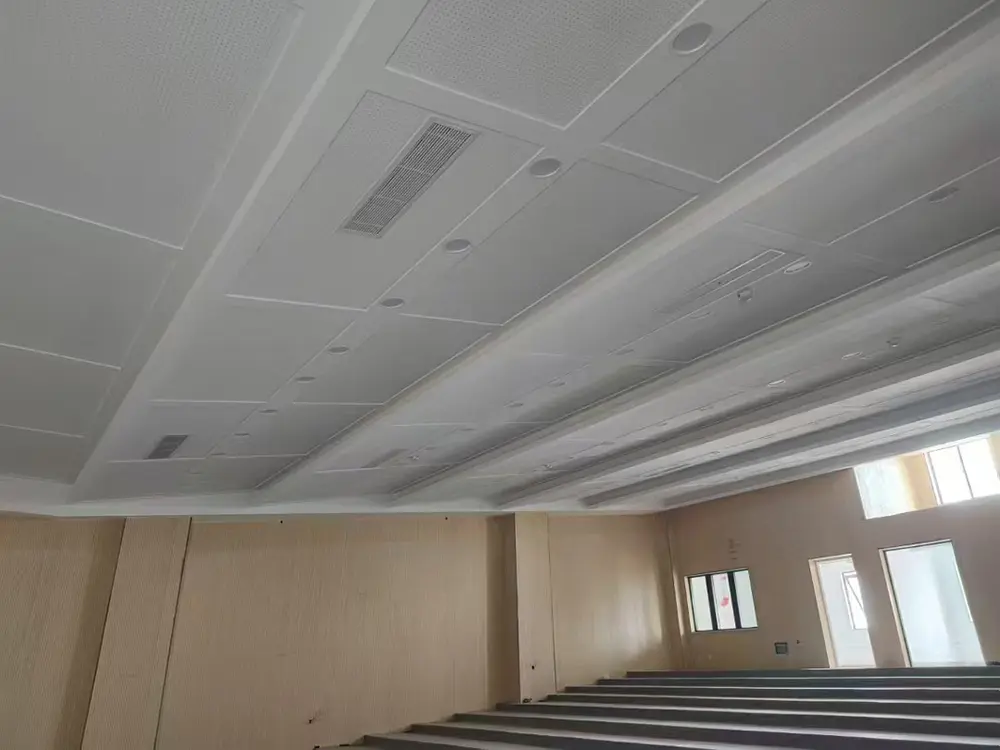 LEAO® Ceiling Board
LEAO® Ceiling Board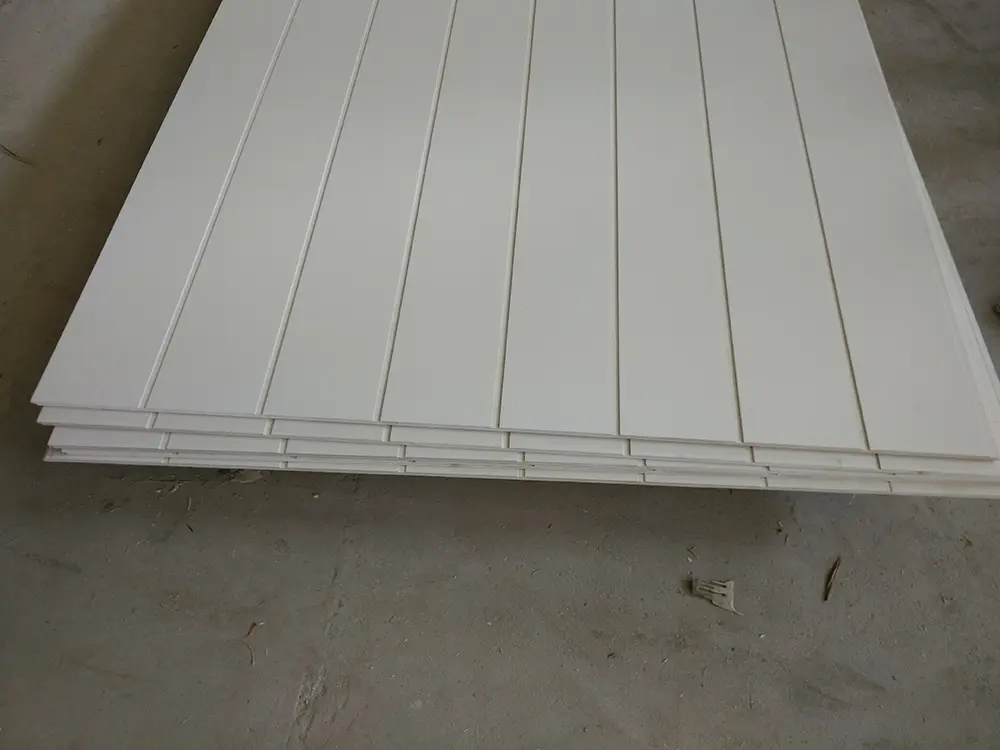 LEAO® Groove Interior Panel
LEAO® Groove Interior Panel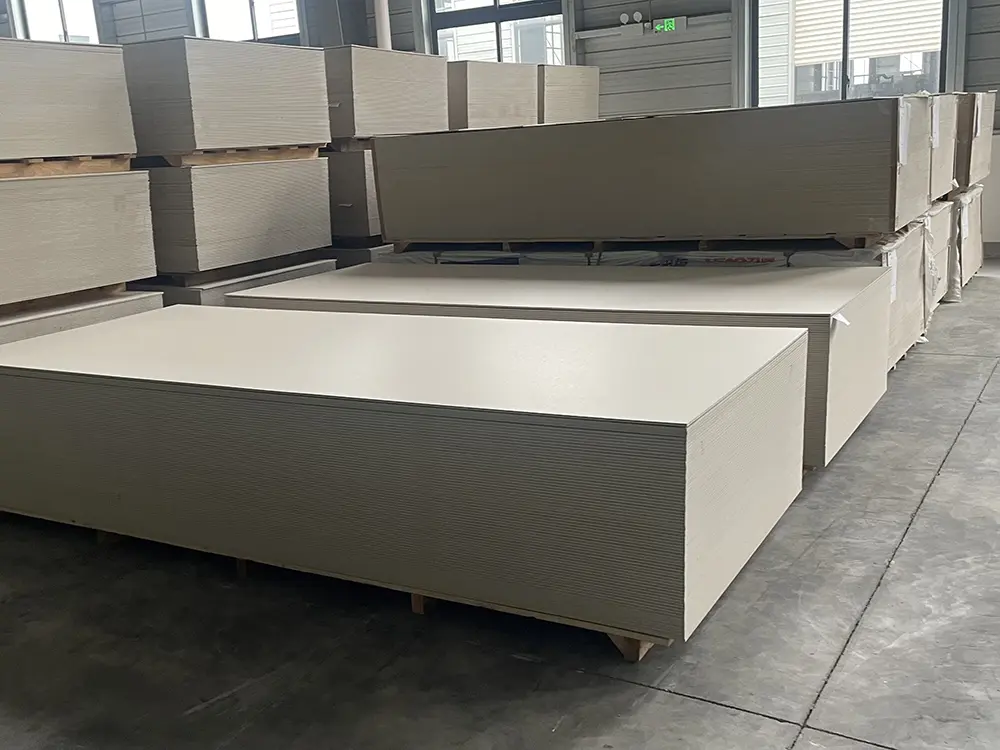 LEAO® Interior Board
LEAO® Interior Board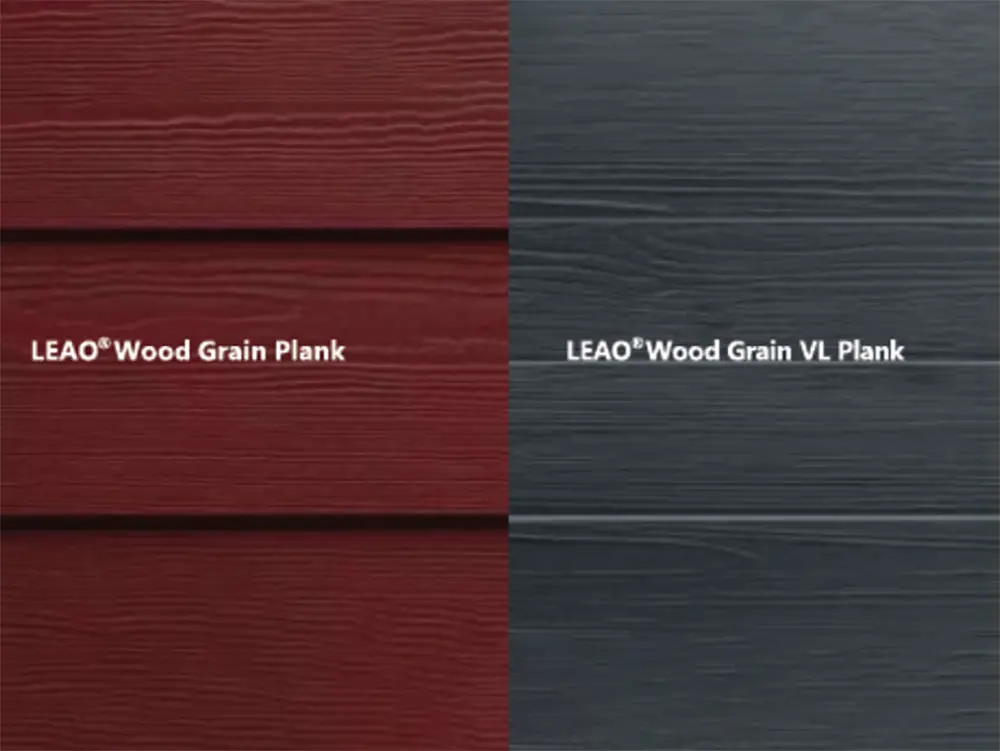 LEAO® Wood Grain Plank
LEAO® Wood Grain Plank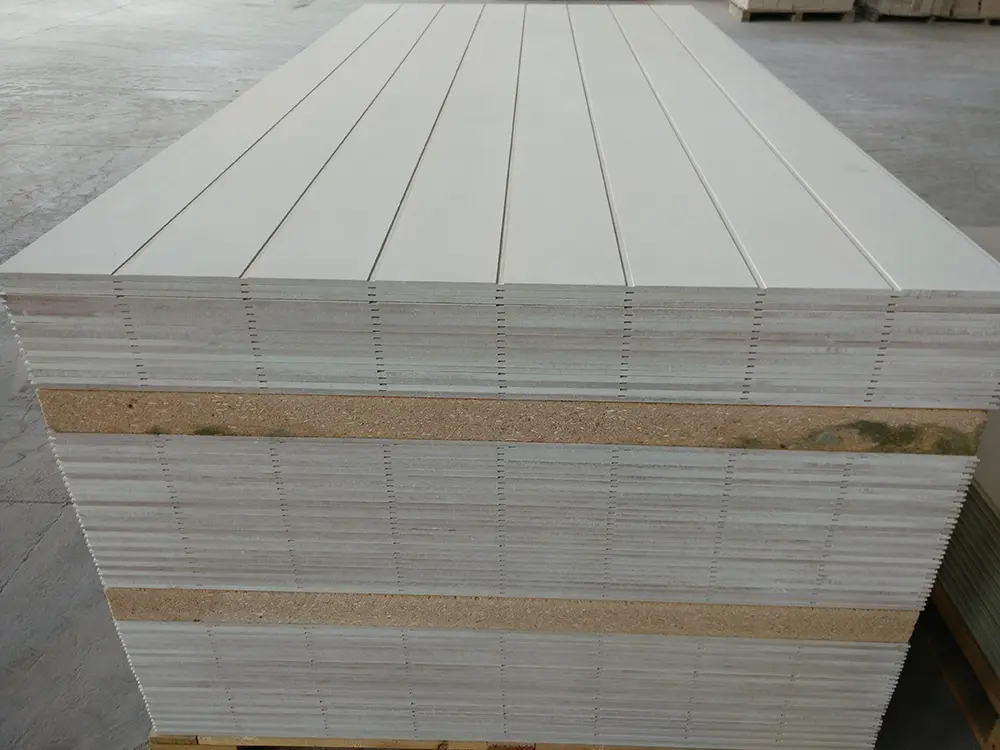 LEAO® Grooved Exterior Panel
LEAO® Grooved Exterior Panel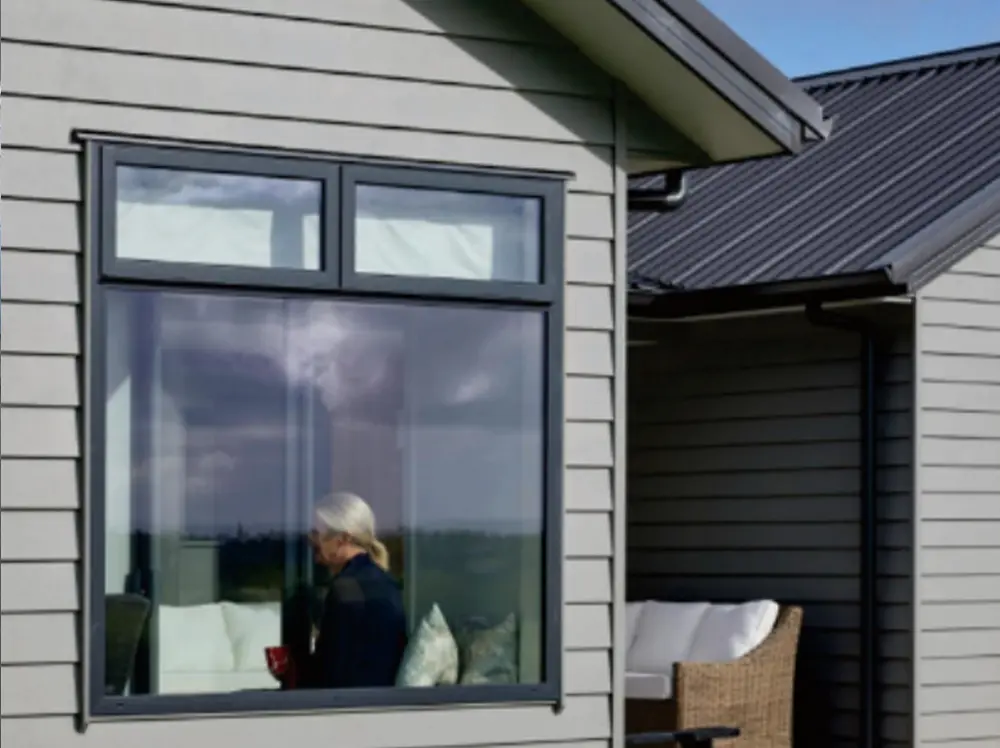 LEAO® Weatherboard
LEAO® Weatherboard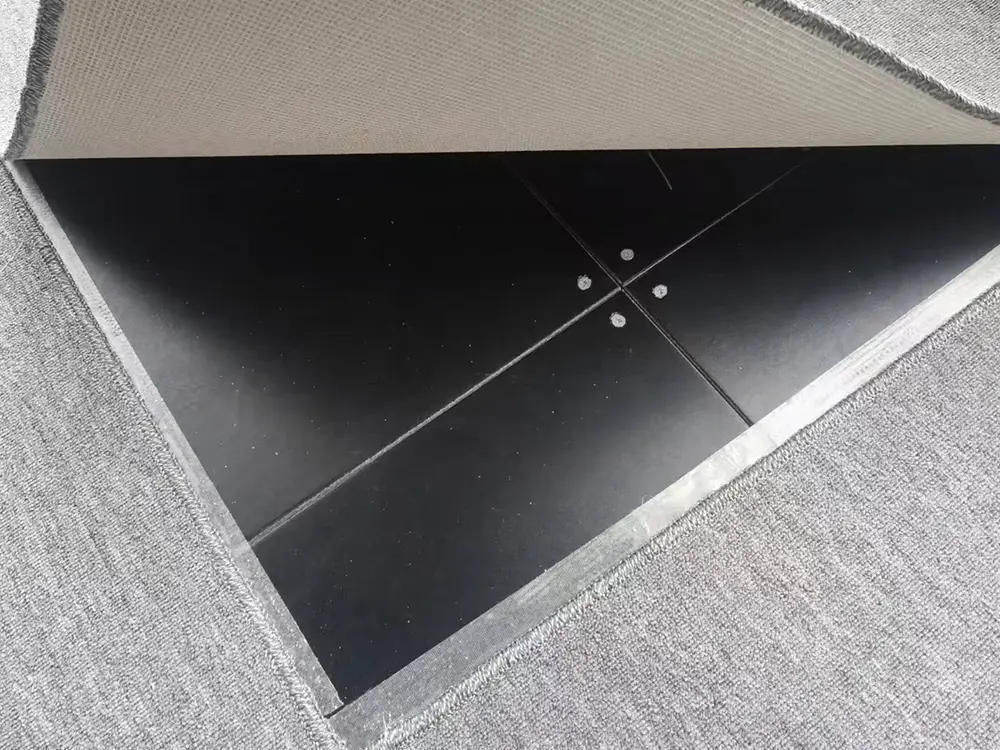 LEAO® Access Floors
LEAO® Access Floors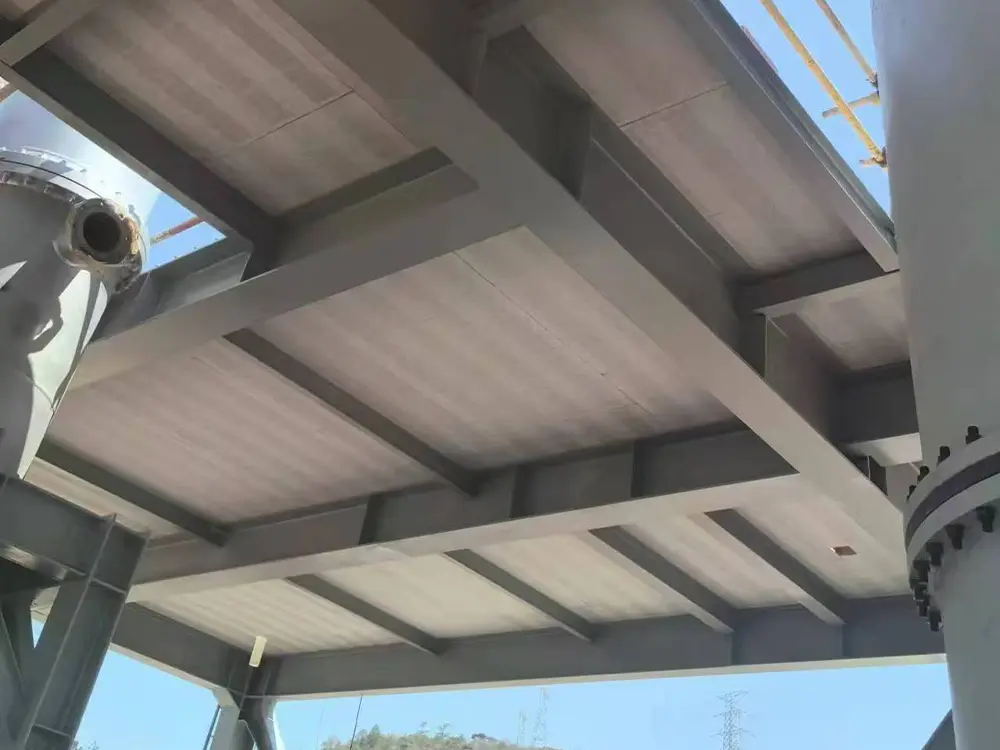 LEAO® Non-removable Formwork
LEAO® Non-removable Formwork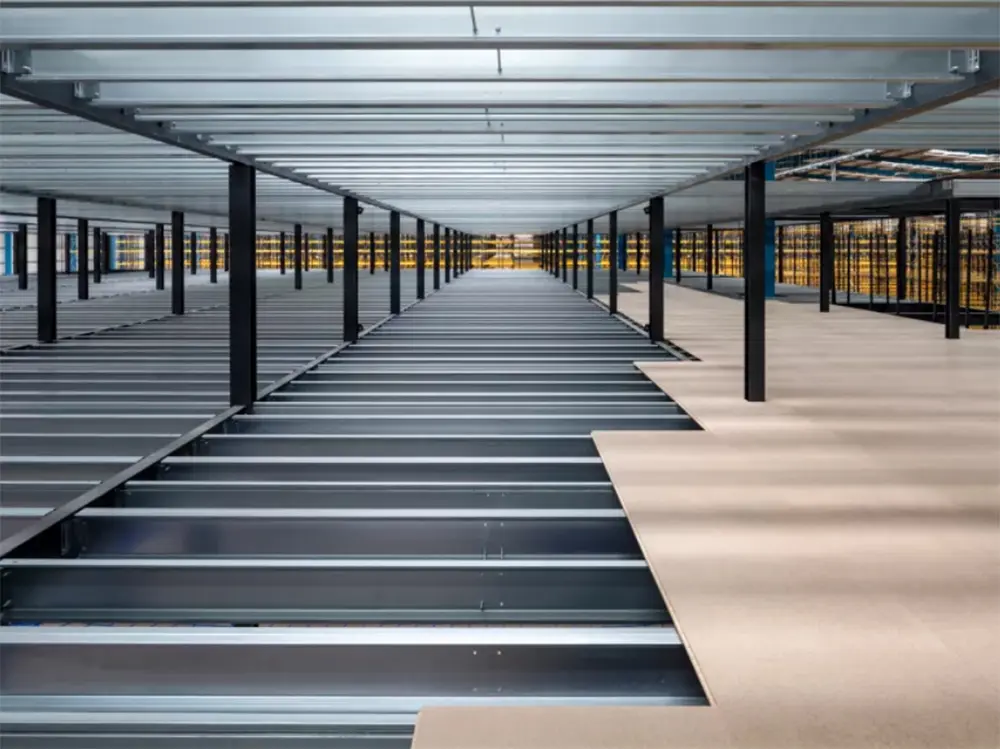 LEAO® Mezzanine Board
LEAO® Mezzanine Board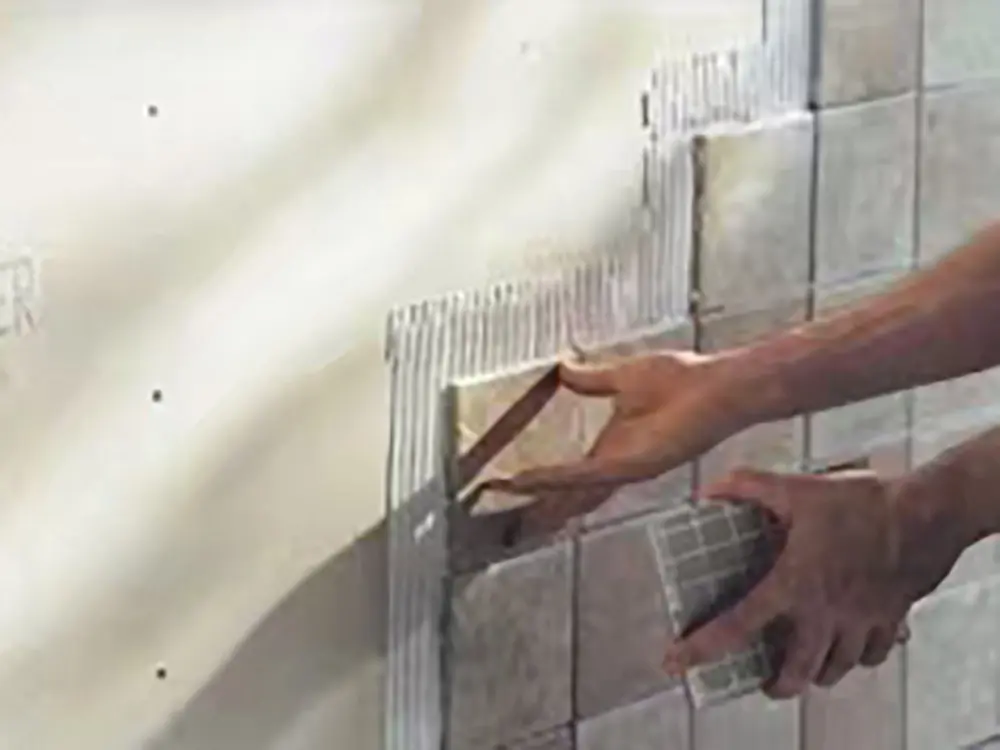 LEAO® Ceramic Tile Underlay
LEAO® Ceramic Tile Underlay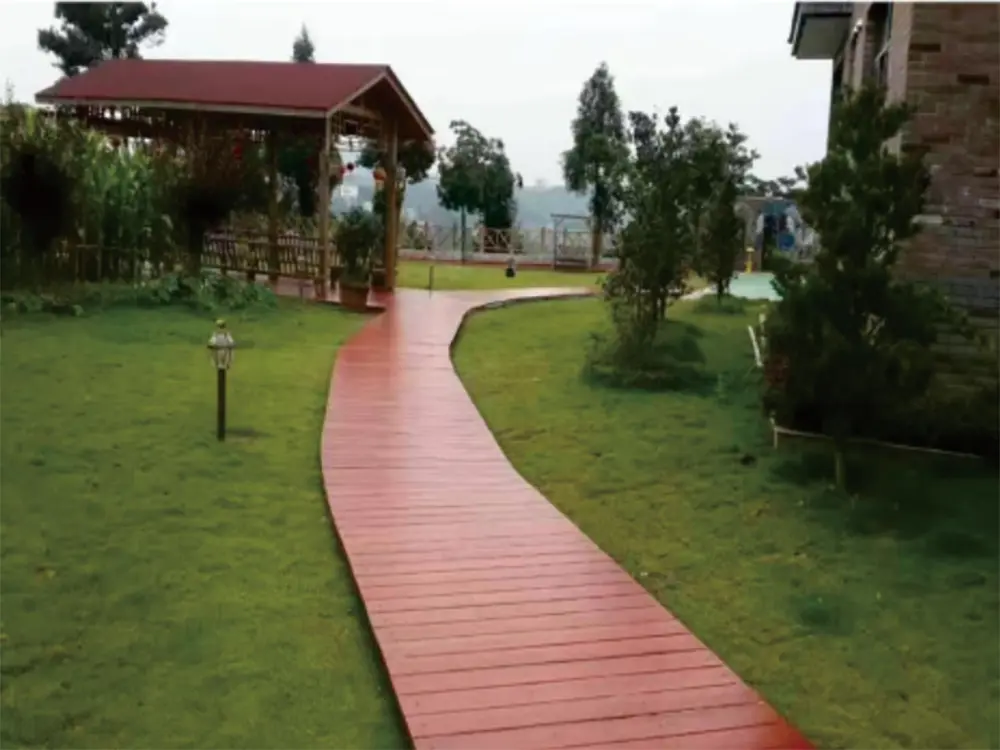 LEAO® Floor Plank
LEAO® Floor Plank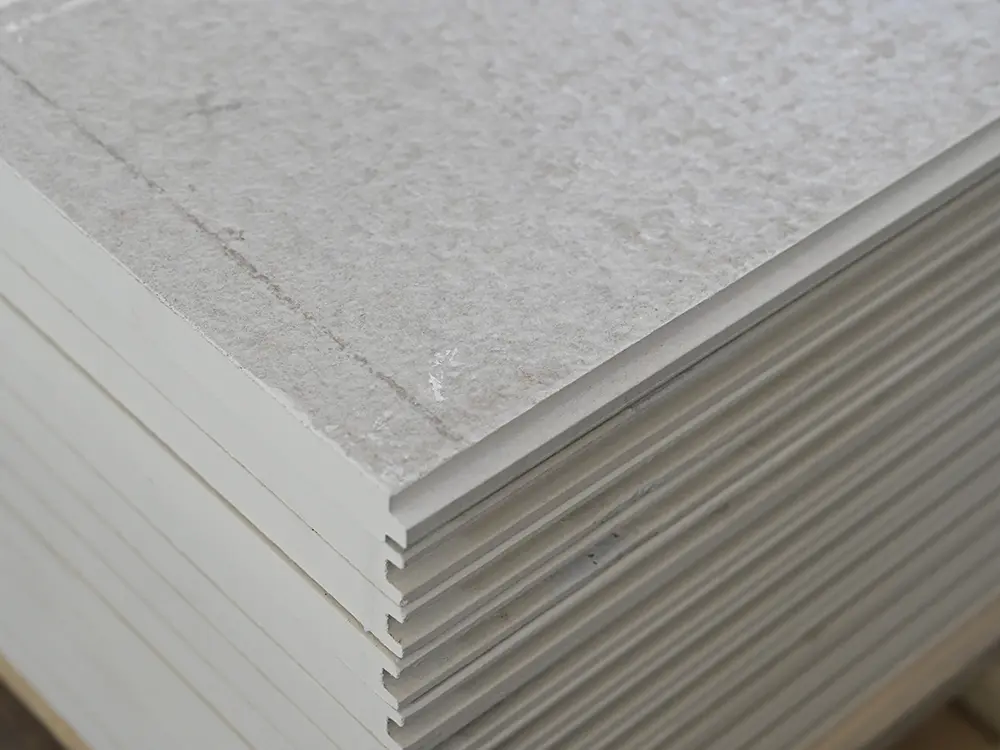 LEAO® Flooring
LEAO® Flooring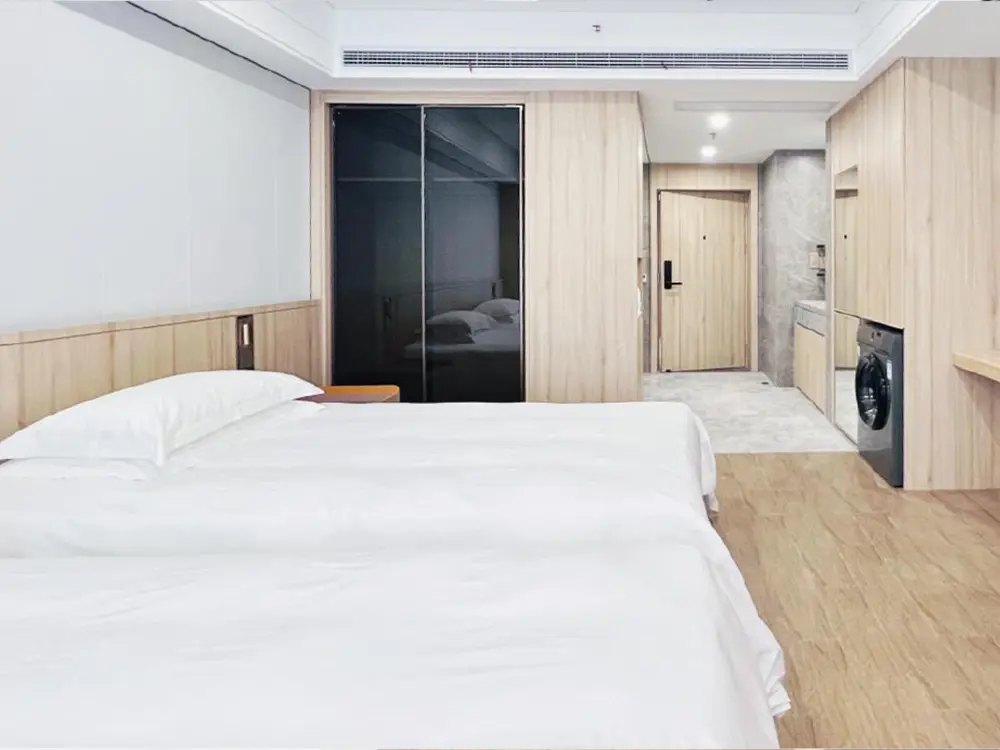 LEAO® Wood Style Decorative Panel
LEAO® Wood Style Decorative Panel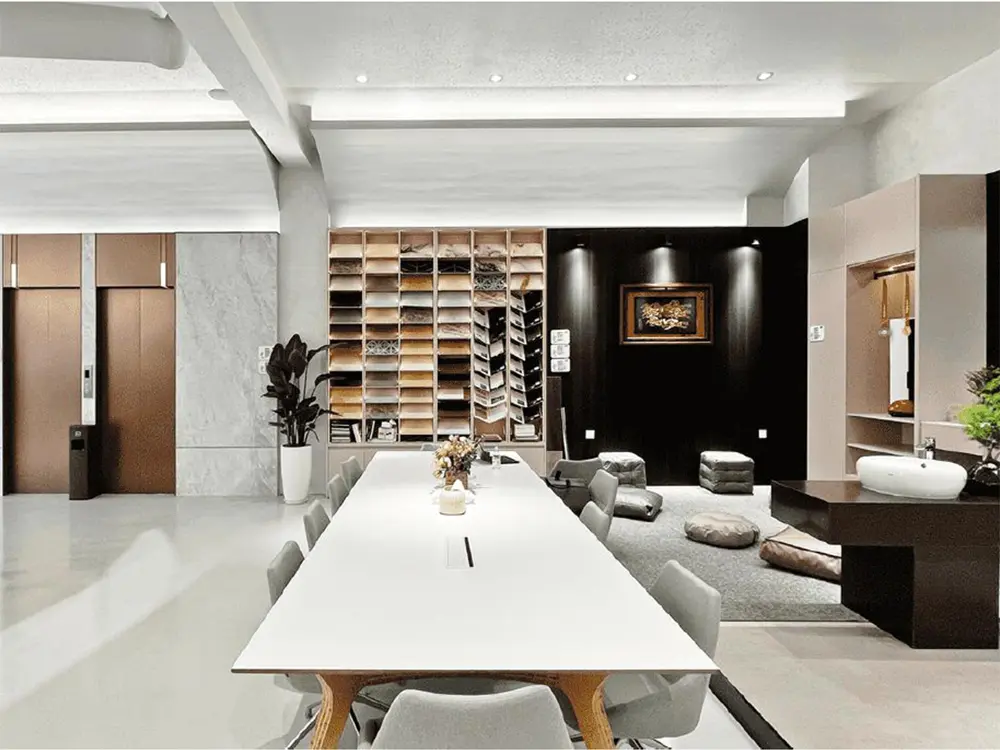 LEAO® Stone Style Decorative Panel
LEAO® Stone Style Decorative Panel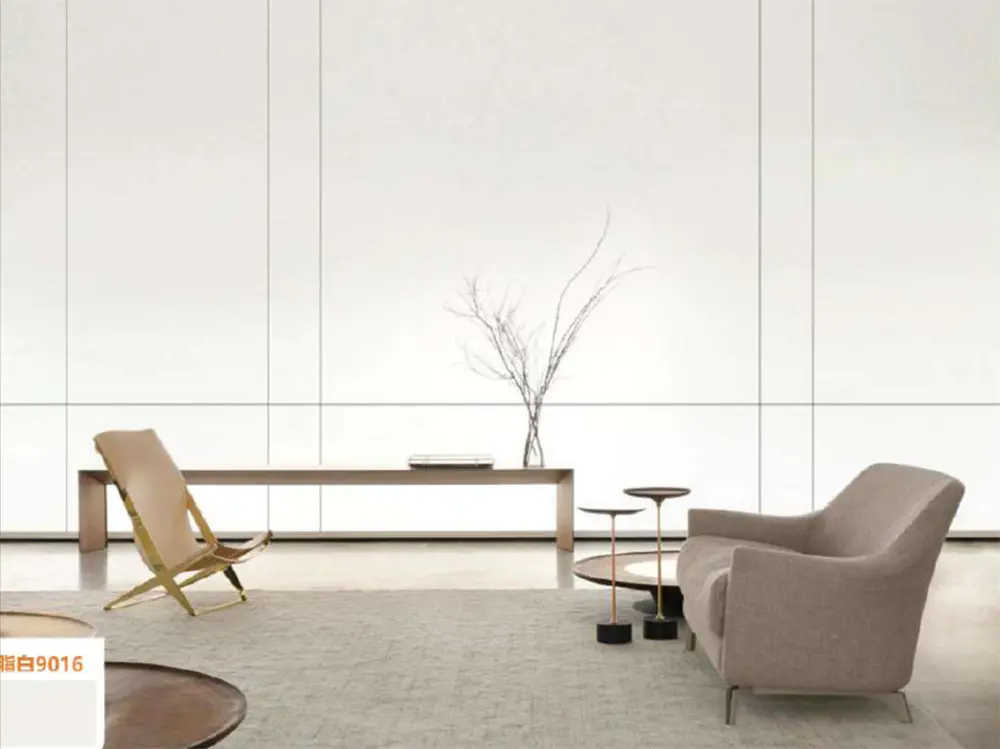 LEAO® Pure Style Decorative Panel
LEAO® Pure Style Decorative Panel